Design for the Real World
Welcome to the Third Floor of the exhibition Victor Papanek: The Politics of Design. This is where we take the themes explored in the exhibition to another level. The exhibition was on view in the museum from October 17 2020 to March 8, 2021.
Papanek’s famous book, Design for the Real World, opens with a statement: ‘There are professions more harmful than industrial design, but only a few’. Here on our digital platform, we take a closer look at those words.
How can design contribute to a better world? What is the designer’s role when it comes to sustainability, inclusion and democracy? How do contemporary designers address their responsibility to under-represented groups and future generations?
- Music
- Article
- Book
- Designer
- From the exhibition
- Interview
- Podcast
- Video
- Tentoonstelling Van Bauhaus naar Mekka
- Tentoonstelling Vrouwen als technologie
- Exhibition Women as technology
- Tentoonstelling Screenwear
- Tentoonstelling BodyDrift
- Uit de collectie
- Collection
- Achtergrond
- GOTHIEK
- Industrie
- Subcultuur
- Tentoonstelling
- Tips
- Wind force 5
- Wind force 10
- Windkracht 1
- Windkracht 5
- Windkracht 10
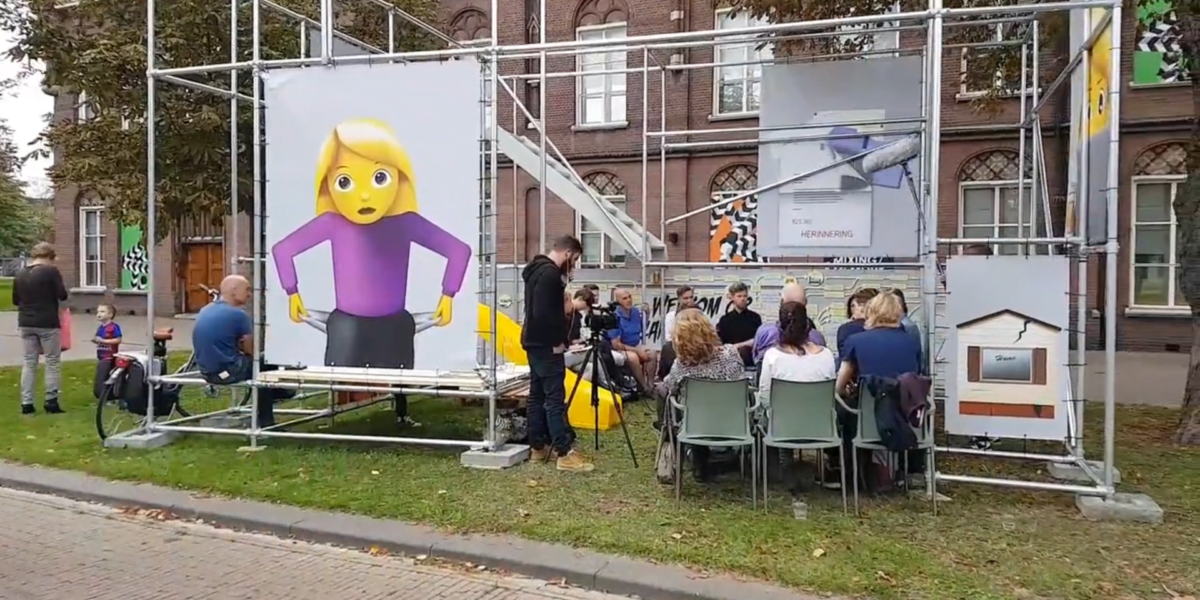
De Academie voor Beeldvorming
In this series of videos, contemporary designers respond to quotes from Victor Papanek to find out if his ideas are still relevant. Klaas and Maybe of the Academie voor Beeldvorming use art to tackle social issues and to change the image around them.
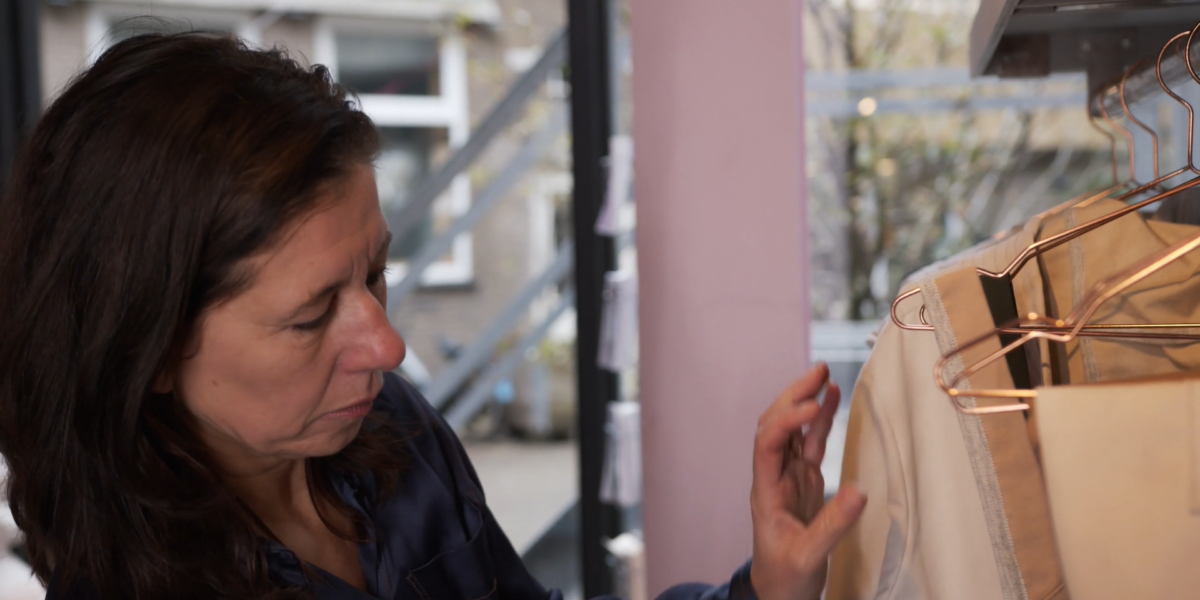
Social Label
In this series of videos, contemporary designers respond to quotes from Victor Papanek to find out if his ideas are still relevant. Petra and Simone from Social Label develop design together with top designers and people with a distance to the labor market.
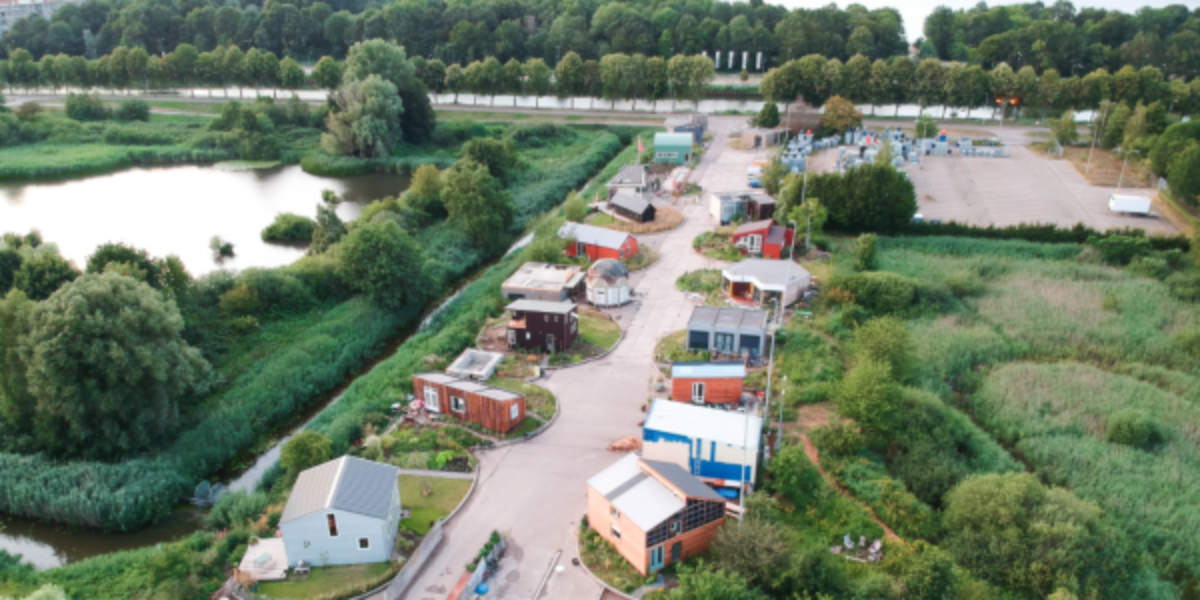
Minitopia
In this series of videos, contemporary designers respond to quotes from Victor Papanek to find out whether his ideas are still relevant. Tessa and Rolf from Minitopia create innovative, sustainable residential locations, in which there is plenty of room for solidarity and togetherness.
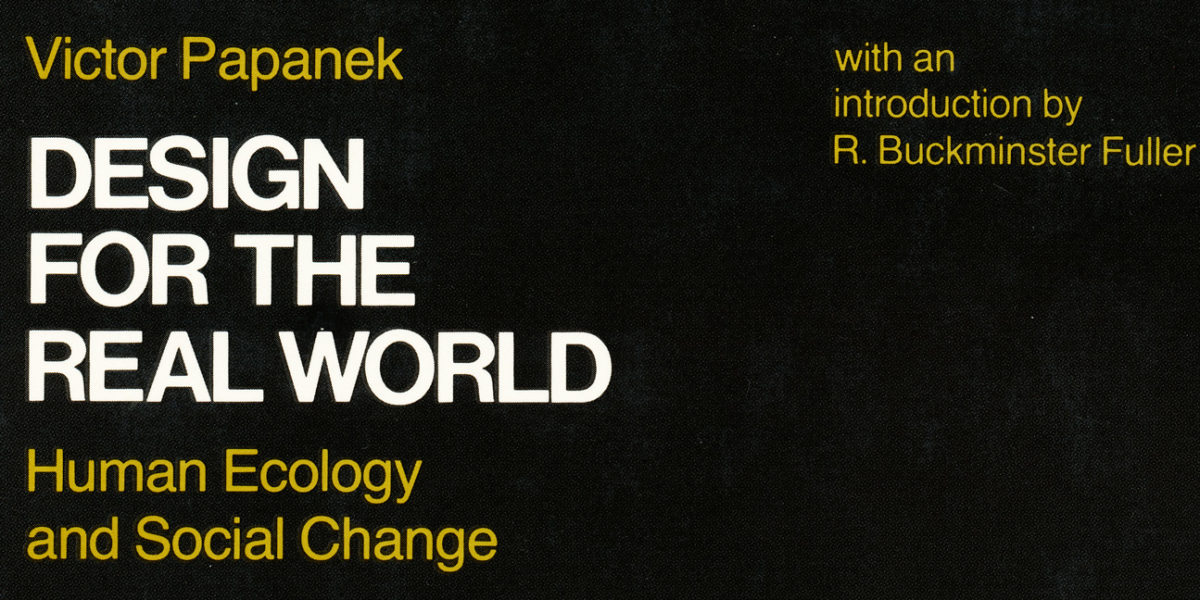
A designers’ bible
This five-minute podcast offers a neat survey of Victor Papanek’s work. Alison J. Clarke, the exhibition’s co-curator, discusses Papanek’s life, his critique of American consumer culture and his social influence.
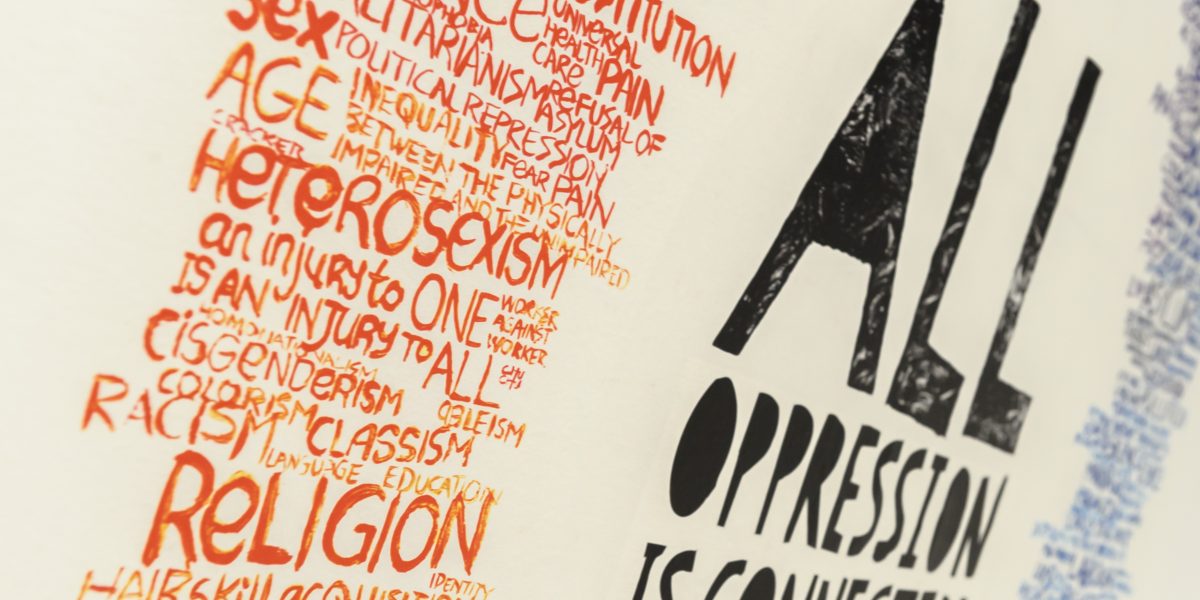
Women? No such thing.
Design for the Real World states that few professions are more harmful than that of industrial designer. This podcast makes the point painfully clear. Virtually everything around us has been designed with a man in mind. With fatal consequences for women.
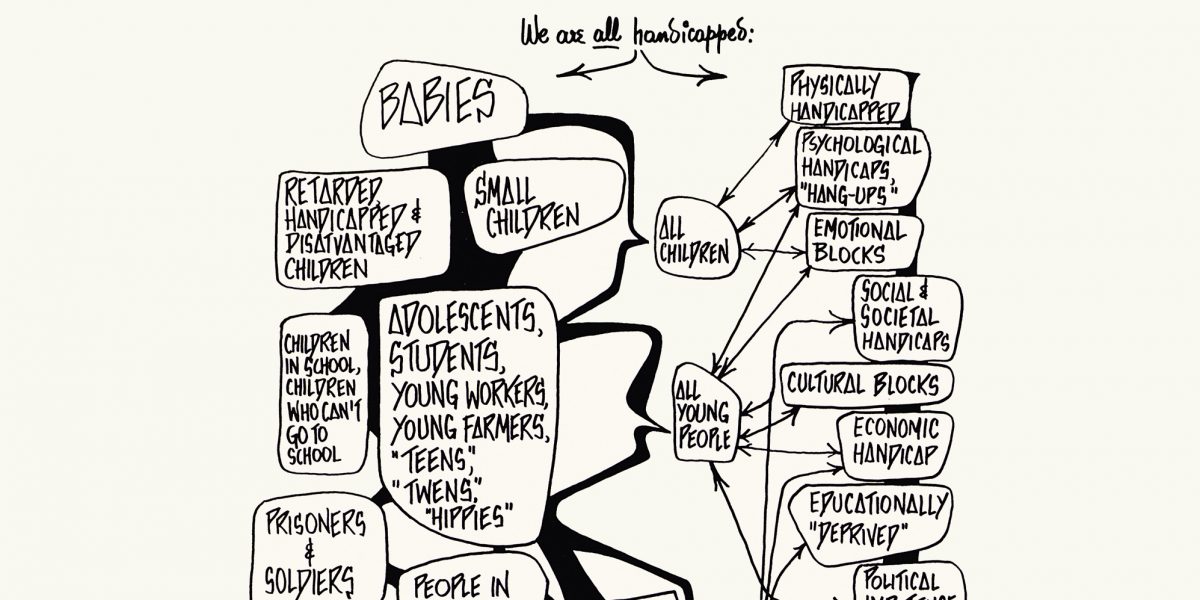
All of Papanek’s ideas at a glance
Alison J. Clark, the exhibition’s co-curator, presents the ‘Big Character’ poster, which shows at a glance what Papanek’s social and design criticism was all about.
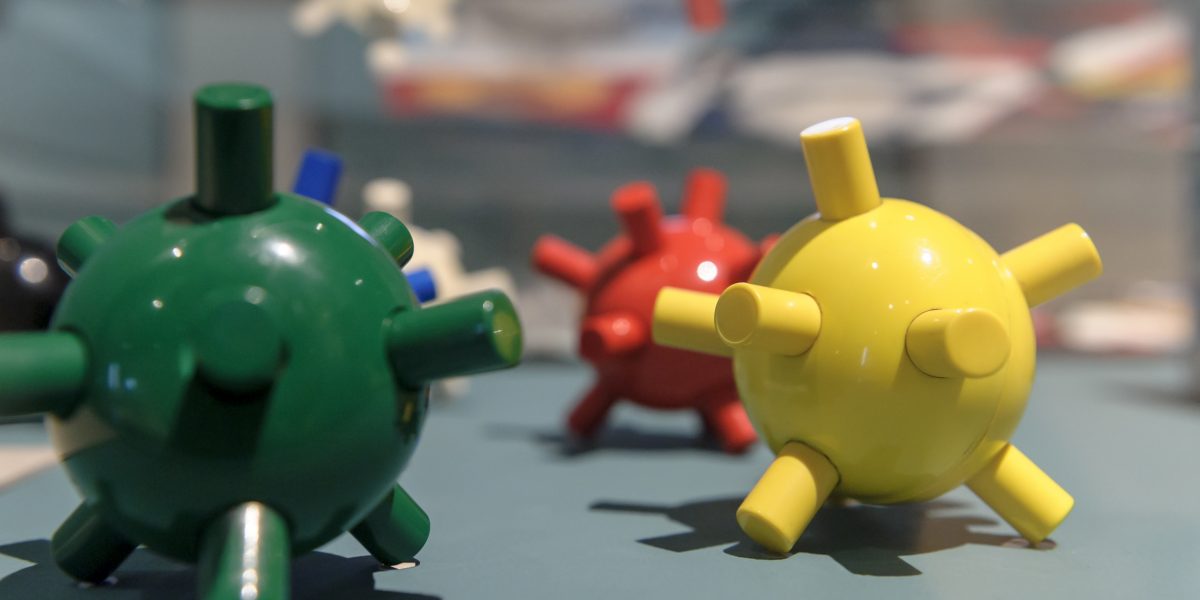
Fingermajig: toy for a better world
Alison J. Clark, the exhibition’s co-curator, reflects on a seemingly unassuming toy, the ‘Fingermajig’. She shows how inclusive design can lead the way to a more democratic and equal society.

The Great Restroom Panic
Most people don’t have to think twice about using a public toilet. But for transgender people it’s a different story. Discover the history behind the design of public restrooms and find out how the future of the inclusive toilet might look.
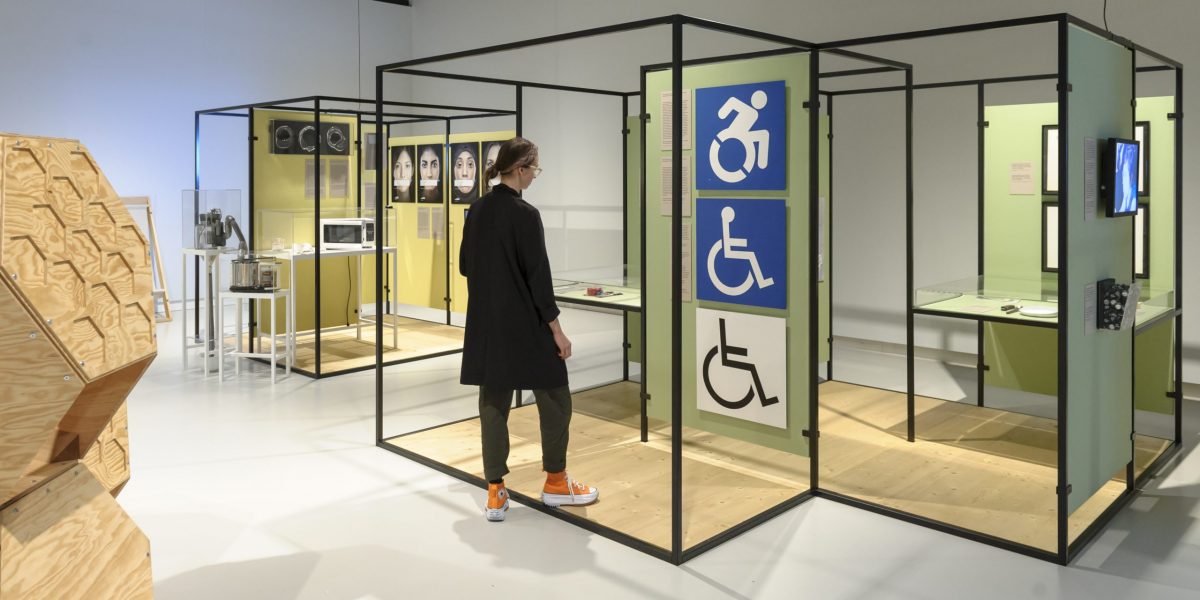
Neutral is never neutral
Papanek called on designers to design for disabled people and to involve them in the design process. He also argued that designers need to be aware of the cultural context of their work. Annemiek van Boeijen designed a sports wheelchair and works in the field of ‘Culture Sensitive Design’ .
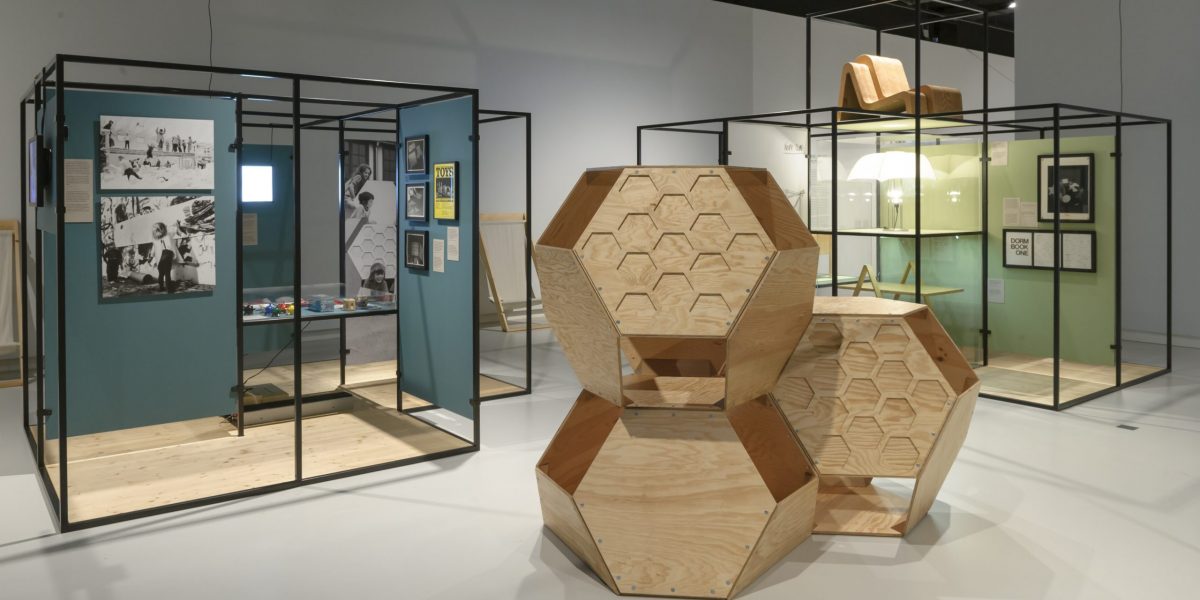
Introduction (from the exhibition)
The exhibition ‘Victor Papanek: The Politics of Design’ starts with a short introduction about Victor Papanek and his ideas. Here you will find the exhibition text.

Hyperface
Alison J. Clark, the exhibition’s co-curator, shows a beautiful silk scarf printed with a motif intended to confuse facial recognition software. It’s the designer’s way of criticizing how governments and corporations are using this technology.
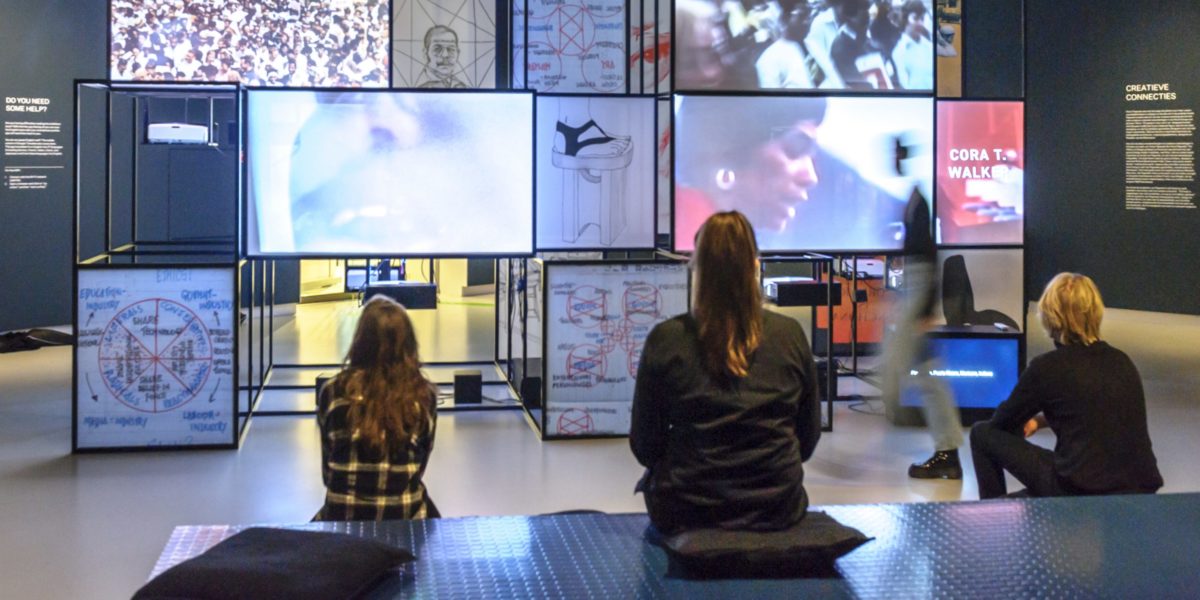
Creative connections (from the exhibition)
The first part of the exhibition ‘Victor Papanek: The Politics of Design’ shows the influences and creative interactions in the life and work of Papanek. Here you will find the exhibition text.
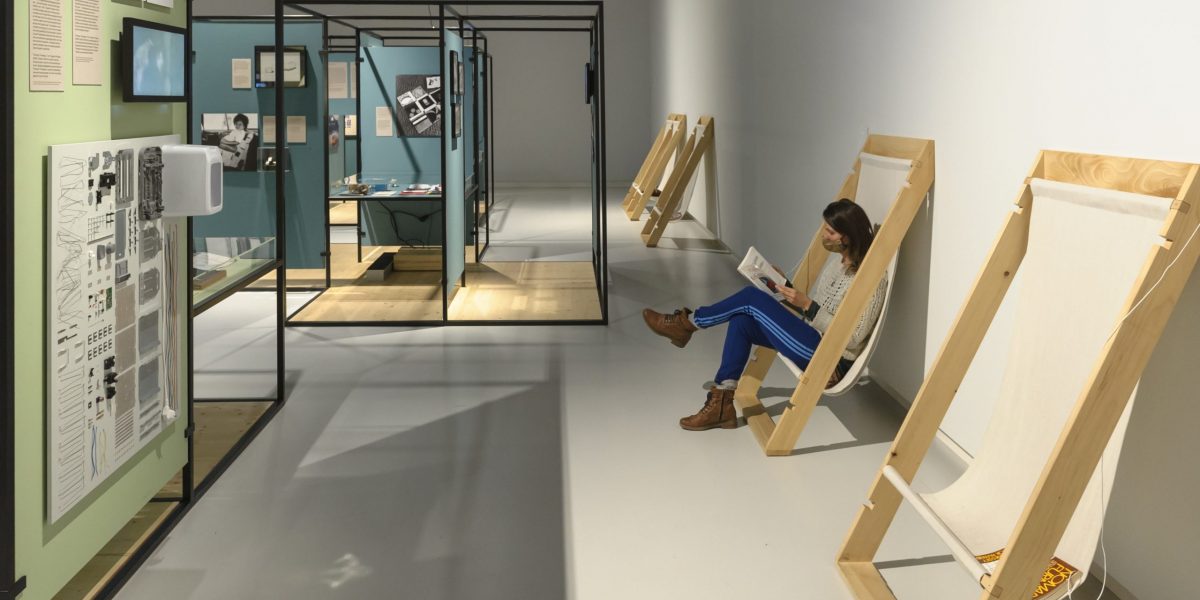
Is anyone here normal? (from the exhibition)
Papanek inspired many generations of designers. The third part of the exhibition “Victor Papanek: The Politics of Design” shows their work on the theme of ‘minorities’. Here you will find the exhibition text.

Papanek’s life and time (from the exhibition)
In the second part of the exhibition “Victor Papanek: The Politics of Design” you get to know Papanek better. Here you will find the exhibition text.
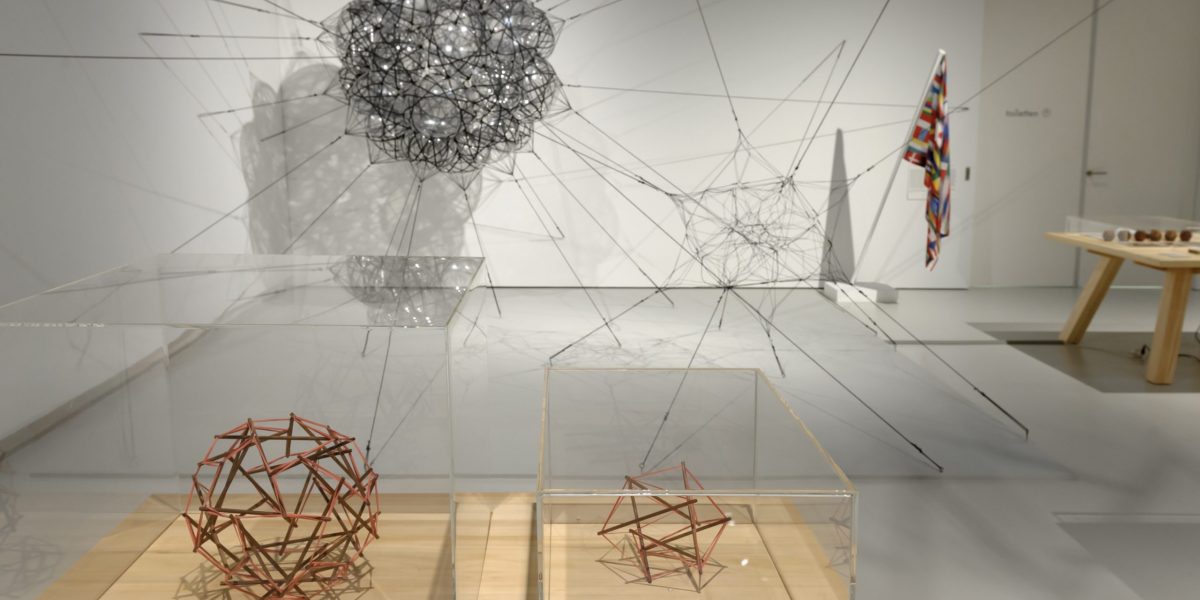
The bigger picture (from the exhibition)
The last part of the exhibition “Victor Papanek: The Politics of Design” shows how contemporary designers relate to the themes of Papanek. Here you will find the exhibition text.
